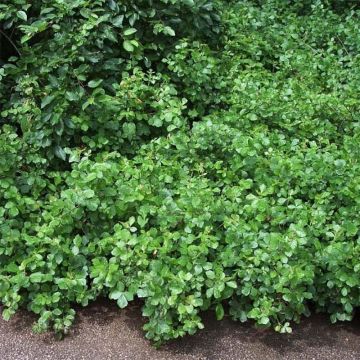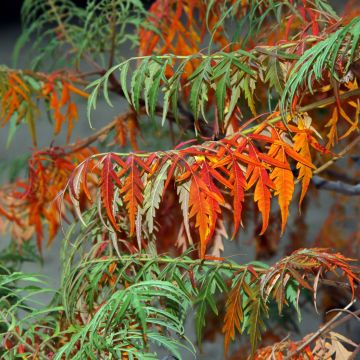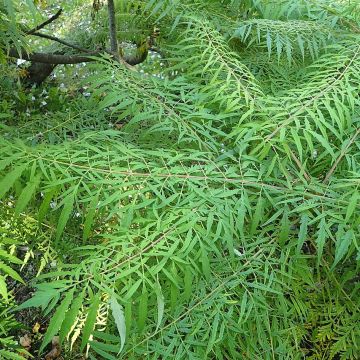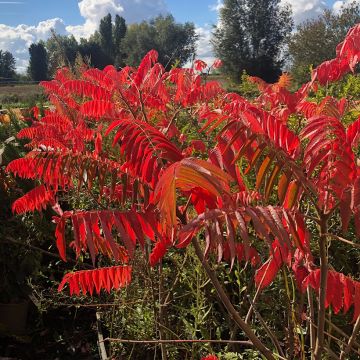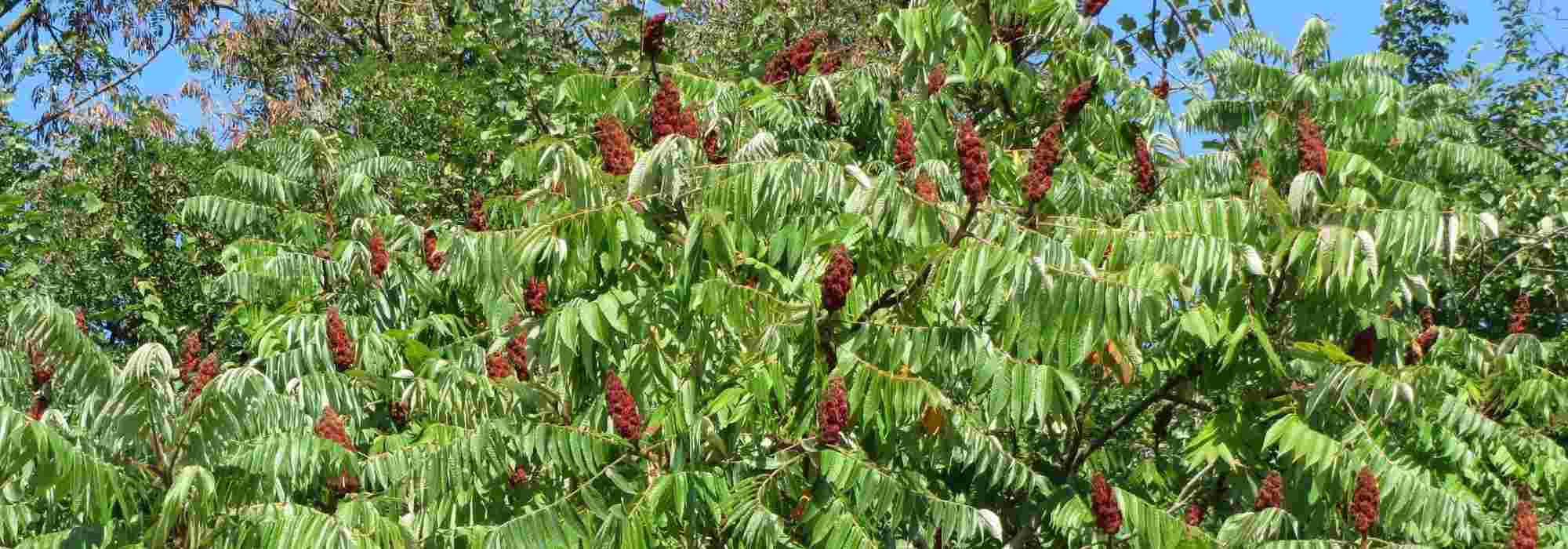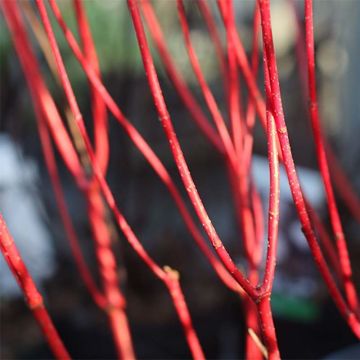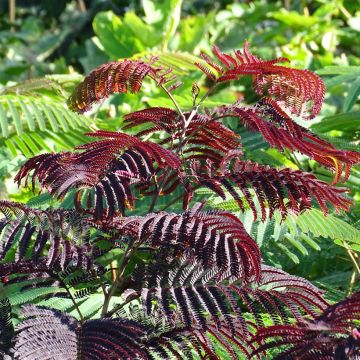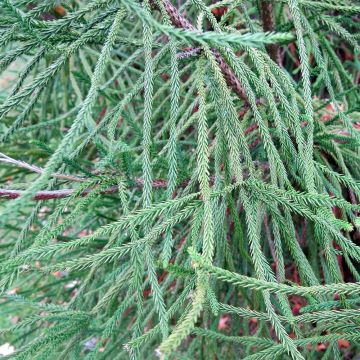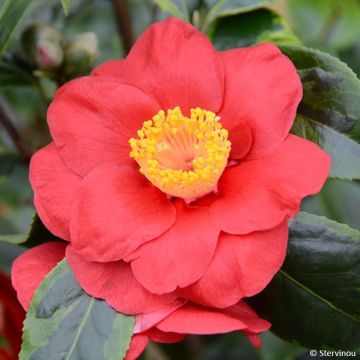

Rhus typhina Tiger Eyes - Stag's Horn Sumach
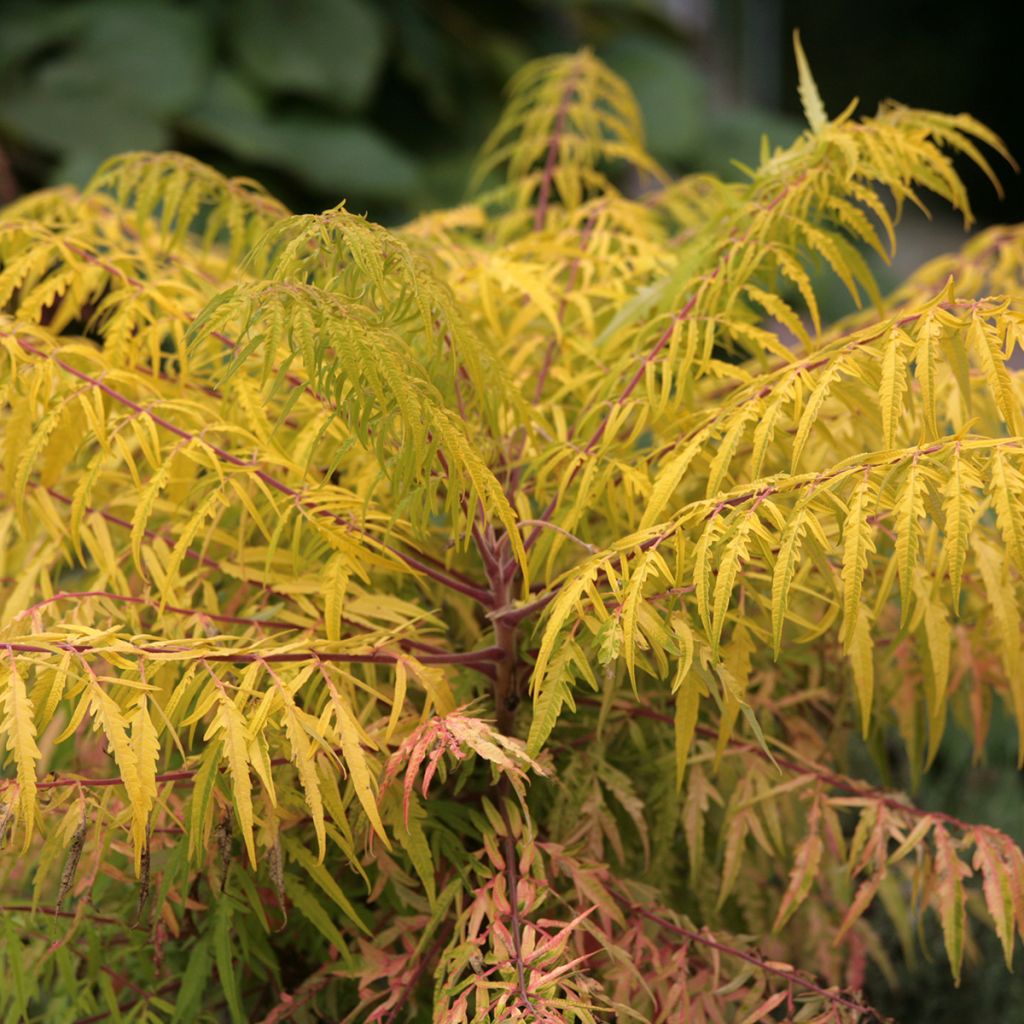

Rhus typhina Tiger Eyes - Stag's Horn Sumach


Rhus typhina Tiger Eyes - Stag's Horn Sumach
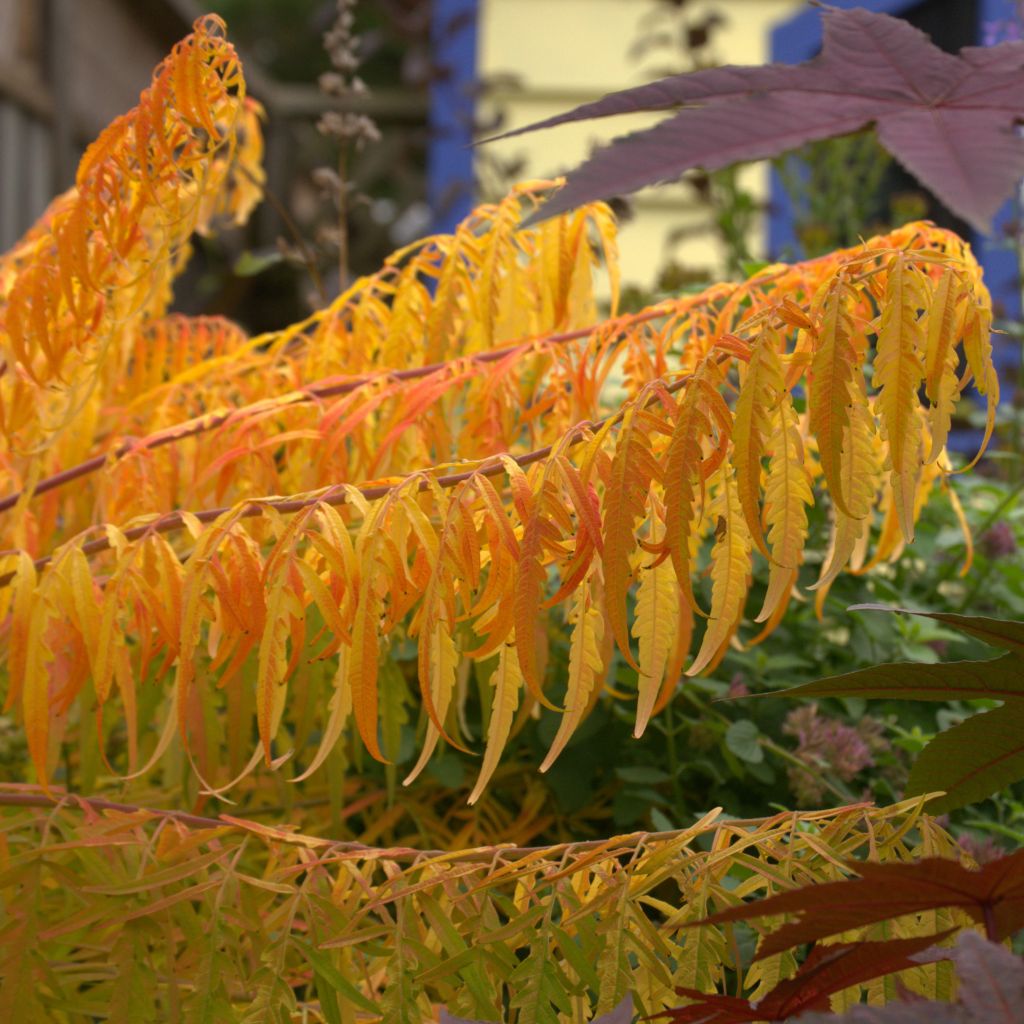

Rhus typhina Tiger Eyes - Stag's Horn Sumach
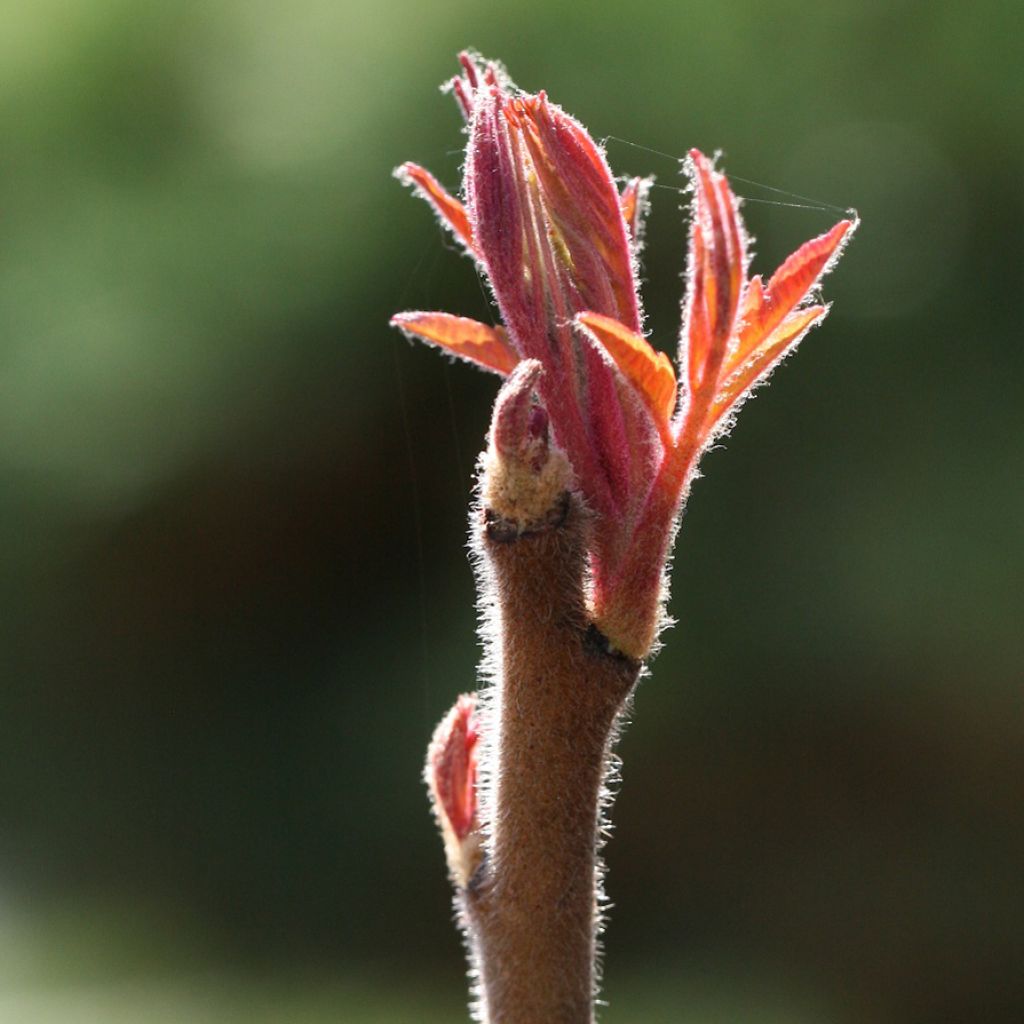

Rhus typhina Tiger Eyes - Stag's Horn Sumach
Rhus typhina Tiger Eyes - Stag's Horn Sumach
Rhus typhina Tiger Eyes
Stag's Horn Sumach
Tree planted. Let's see what it will yield.
Jérôme, 17/11/2024
Special offer!
Receive a €20 voucher for any order over €90 (excluding delivery costs, credit notes, and plastic-free options)!
1- Add your favorite plants to your cart.
2- Once you have reached €90, confirm your order (you can even choose the delivery date!).
3- As soon as your order is shipped, you will receive an email containing your voucher code, valid for 3 months (90 days).
Your voucher is unique and can only be used once, for any order with a minimum value of €20, excluding delivery costs.
Can be combined with other current offers, non-divisible and non-refundable.
Why not try an alternative variety in stock?
View all →This plant carries a 24 months recovery warranty
More information
We guarantee the quality of our plants for a full growing cycle, and will replace at our expense any plant that fails to recover under normal climatic and planting conditions.

Would this plant suit my garden?
Set up your Plantfit profile →
Description
The Rhus typhina 'Tiger Eyes', also known as Staghorn Sumac or Golden Sumac, is a recent and non-invasive variety. Combining many qualities, it is a bush with long pinnate leaves deeply cut, evolving from spring chartreuse green to flaming red in autumn through a gradient of pink, salmon and orange. Its velvety amaranth conical clusters of fruit remain throughout the winter on the downy branches. Resistant and versatile, it is ideal for all gardens.
The Golden Staghorn Sumac 'Tiger Eyes' is a bush belonging to the Anacardiaceae family. It grows quickly and can reach a height of 3m (10 ft 9 in) and a width of 4m (1 ft 13 in) when fully grown. This bush has a rounded shape with only a few branches. The leaves are large and beautiful, measuring 30 to 50 cm (11.8 to 19.7 in) long, and are deeply cut into smaller leaflets. The leaves start as bright green in the spring and then change colours to yellow, pink, salmon, orange, and finally red. The bush produces flowers from June to July in dense, greenish cone-shaped clusters 16 to 25 cm (6.3 - 9.8 in) long. This bush is also a good source of food for bees. After the flowers bloom, the bush produces velvety, intense red drupes grouped in clusters on female trees. The bush stems are brown-red and covered in velvet, giving them a unique look in the winter.
Plant Rhus typhina 'Tiger Eyes' in any soil, even if it's chalky, poor, stony, dry, or moist but well-drained. It can grow well in partial shade or full sun, but it's best to put it in a location with at least six hours of direct sunlight per day for intense autumn colours. A wind-sheltered place is better to keep its foliage looking good. Without pruning, this sumac bush will become a small tree. To keep it looking nice, cut off dead or tangled branches before vegetation starts (from February to April). Unlike most sumacs, it doesn't spread rampantly, and you only need to remove suckers occasionally.
The Golden Staghorn Sumac is an excellent choice for providing light shade and sheltering perennial plants like peonies, brunneras, bluebells, snowdrops, and daffodils in spring or cyclamen in autumn. When planted alone, it can also be a beautiful feature, offering a lovely view year-round. For a more vibrant background, it can be grown in a hedge with European spindles, Persian ironwoods, smoke trees, or castor oil plants. This bush is quite resistant to drought and tolerant to pollution and sea spray, which makes it suitable for different growing conditions.
It's important to note that the Staghorn Sumac contains a toxic milky sap in its branches, which can cause asthma and allergies, though it's used in homoeopathy. Birds love the fruits of the Staghorn Sumac, and can be soaked in water to make a refreshing and tangy drink, which is why it's also called the vinegar tree.
Rhus typhina Tiger Eyes - Stag's Horn Sumach in pictures


Plant habit
Flowering
Foliage
Botanical data
Rhus
typhina
Tiger Eyes
Anacardiaceae
Stag's Horn Sumach
Cultivar or hybrid
Planting and care
If you want to plant Rhus typhina 'Tiger Eyes', you can do it in any soil, even if it's not great. It can grow in partial shade or full sun, but it will be more colourful in autumn if it's in a sunny spot. Make sure it gets at least six hours of direct sunlight per day. Plant it in a place protected from the wind to keep the leaves nice. Remove any dead or tangled branches to keep them looking good. Do this between February and April, before the new growth starts. Rhus typhina 'Tiger Eyes' doesn't usually become invasive, nor does it produce suckers, so you need to keep an eye out for any new growth under the plant and remove any unwanted stems if you see any.
Planting period
Intended location
Care
Planting & care advice
-
, onOrder confirmed
Reply from on Promesse de fleurs
Similar products
Haven't found what you were looking for?
Hardiness is the lowest winter temperature a plant can endure without suffering serious damage or even dying. However, hardiness is affected by location (a sheltered area, such as a patio), protection (winter cover) and soil type (hardiness is improved by well-drained soil).

Photo Sharing Terms & Conditions
In order to encourage gardeners to interact and share their experiences, Promesse de fleurs offers various media enabling content to be uploaded onto its Site - in particular via the ‘Photo sharing’ module.
The User agrees to refrain from:
- Posting any content that is illegal, prejudicial, insulting, racist, inciteful to hatred, revisionist, contrary to public decency, that infringes on privacy or on the privacy rights of third parties, in particular the publicity rights of persons and goods, intellectual property rights, or the right to privacy.
- Submitting content on behalf of a third party;
- Impersonate the identity of a third party and/or publish any personal information about a third party;
In general, the User undertakes to refrain from any unethical behaviour.
All Content (in particular text, comments, files, images, photos, videos, creative works, etc.), which may be subject to property or intellectual property rights, image or other private rights, shall remain the property of the User, subject to the limited rights granted by the terms of the licence granted by Promesse de fleurs as stated below. Users are at liberty to publish or not to publish such Content on the Site, notably via the ‘Photo Sharing’ facility, and accept that this Content shall be made public and freely accessible, notably on the Internet.
Users further acknowledge, undertake to have ,and guarantee that they hold all necessary rights and permissions to publish such material on the Site, in particular with regard to the legislation in force pertaining to any privacy, property, intellectual property, image, or contractual rights, or rights of any other nature. By publishing such Content on the Site, Users acknowledge accepting full liability as publishers of the Content within the meaning of the law, and grant Promesse de fleurs, free of charge, an inclusive, worldwide licence for the said Content for the entire duration of its publication, including all reproduction, representation, up/downloading, displaying, performing, transmission, and storage rights.
Users also grant permission for their name to be linked to the Content and accept that this link may not always be made available.
By engaging in posting material, Users consent to their Content becoming automatically accessible on the Internet, in particular on other sites and/or blogs and/or web pages of the Promesse de fleurs site, including in particular social pages and the Promesse de fleurs catalogue.
Users may secure the removal of entrusted content free of charge by issuing a simple request via our contact form.
The flowering period indicated on our website applies to countries and regions located in USDA zone 8 (France, the United Kingdom, Ireland, the Netherlands, etc.)
It will vary according to where you live:
- In zones 9 to 10 (Italy, Spain, Greece, etc.), flowering will occur about 2 to 4 weeks earlier.
- In zones 6 to 7 (Germany, Poland, Slovenia, and lower mountainous regions), flowering will be delayed by 2 to 3 weeks.
- In zone 5 (Central Europe, Scandinavia), blooming will be delayed by 3 to 5 weeks.
In temperate climates, pruning of spring-flowering shrubs (forsythia, spireas, etc.) should be done just after flowering.
Pruning of summer-flowering shrubs (Indian Lilac, Perovskia, etc.) can be done in winter or spring.
In cold regions as well as with frost-sensitive plants, avoid pruning too early when severe frosts may still occur.
The planting period indicated on our website applies to countries and regions located in USDA zone 8 (France, United Kingdom, Ireland, Netherlands).
It will vary according to where you live:
- In Mediterranean zones (Marseille, Madrid, Milan, etc.), autumn and winter are the best planting periods.
- In continental zones (Strasbourg, Munich, Vienna, etc.), delay planting by 2 to 3 weeks in spring and bring it forward by 2 to 4 weeks in autumn.
- In mountainous regions (the Alps, Pyrenees, Carpathians, etc.), it is best to plant in late spring (May-June) or late summer (August-September).
The harvesting period indicated on our website applies to countries and regions in USDA zone 8 (France, England, Ireland, the Netherlands).
In colder areas (Scandinavia, Poland, Austria...) fruit and vegetable harvests are likely to be delayed by 3-4 weeks.
In warmer areas (Italy, Spain, Greece, etc.), harvesting will probably take place earlier, depending on weather conditions.
The sowing periods indicated on our website apply to countries and regions within USDA Zone 8 (France, UK, Ireland, Netherlands).
In colder areas (Scandinavia, Poland, Austria...), delay any outdoor sowing by 3-4 weeks, or sow under glass.
In warmer climes (Italy, Spain, Greece, etc.), bring outdoor sowing forward by a few weeks.






























